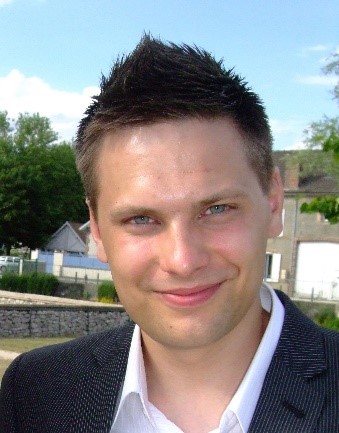VTT Technical Research Centre of Finland Ltd and Boliden Mineral AB obtained a cobalt leaching yield of 87% from sulphide tailings, utilising a bioleaching process. This technology uses certain microorganisms that can oxidise iron sulphides found in tailings, and turn them into leaching chemicals for cobalt. This study was funded by the EU HORIZON 2020 NEMO project (Grant Agreement No 776846), and Academy of Finland ECOTAIL project (Decision number 306079). The results of the study are now published in the journal Hydrometallurgy.
Cobalt is a vital element for modern society, with an ever-increasing demand as a battery chemical. However, increasing its production is challenging, as typically it is only a secondary product of copper and nickel mines.
Thus, the overall efficiency of the cobalt recovery must be optimised. Moreover, with the current trend of decreasing ore grades but increasing mineral complexity, conventional technologies, namely froth flotation, may face challenges. Thus, more valuables end up in tailing ponds, while metal yields and/or product quality decrease.
Bioleaching
Bioleaching technology has certain benefits over froth flotation when working with highly complex sulphide matrices. It utilises autotrophic and acidophilic microorganisms that can oxidise ferrous iron to ferric form, also oxidising sulphides to sulphuric acid.
The iron and sulphur for this oxidation process are obtained from pyrite, an iron sulphide-based mineral that is abundantly found in many sulphide ore bodies. The bio-produced ferric iron can be used as a powerful oxidant, dissolving nearly all sulphide minerals into the pregnant leach solution for recovery and purification.
Thus, the bioleaching technology is not separating different sulphides (as is the case with froth flotation), and can be used for such cases where traditional mineral separation is too challenging.
In this work, the sulphide rich flotation tailings were treated with bioleaching. The major mineral was pyrite and cobalt was mainly incorporated into the pyrite matrix, not as a free mineral.
In addition, some nickel, zinc and copper were found, mainly as their own minerals. Thus, the objective was to conduct a total sulphide dissolution by bioleaching for liberating cobalt from pyrite, as well as other valuables from their minerals.
The work started with a 9-month adaptation phase of used microorganisms to tolerate the studied tailings. After this, shake flask and stirred tank tests were conducted to have an indication of the process parameters.
Finally, a mini-pilot operation was conducted to estimate industrial parameters of the process. As a result, the following leaching yields were obtained: Co: 87%; Zn: 100%; Ni: 67%; Cu: 43%. These results were for a 10-day processing time with a 10% pulp density.
Full reference article
Mäkinen, J., Salo, M., Khoshkhoo, M., Sundkvist, J.-E., Kinnunen, P., 2020. Bioleaching of cobalt from sulfide mining tailings; a mini-pilot study. Hydrometallurgy, https://doi.org/10.1016/j.hydromet.2020.105418
Acknowledgements
.jpg) This work was supported by the Academy of Finland project EcoTail “Valorization of Tailings for Circular Economy” [Decision number 306079]; and European Commission Horizon 2020 project NEMO “Near-zero-waste recycling of low-grade sulphidic mining waste for critical-metal, mineral and construction raw-material production in a circular economy” [Grant Agreement number 776846], https://h2020-nemo.eu/.
This work was supported by the Academy of Finland project EcoTail “Valorization of Tailings for Circular Economy” [Decision number 306079]; and European Commission Horizon 2020 project NEMO “Near-zero-waste recycling of low-grade sulphidic mining waste for critical-metal, mineral and construction raw-material production in a circular economy” [Grant Agreement number 776846], https://h2020-nemo.eu/.
About the authors / Bio
 Jarno Mäkinen is a Research Scientist from VTT Technical Research Centre of Finland Ltd and has been working in the field of hydrometallurgy and biomining for over a decade. Jarno takes up a central role in the EU NEMO project on “Near-zero-waste recycling of low-grade sulphidic mining waste for critical-metal, mineral and construction raw-material production in a circular economy’” (EU H2020 Innovation Action project, call SC5-14b).
Jarno Mäkinen is a Research Scientist from VTT Technical Research Centre of Finland Ltd and has been working in the field of hydrometallurgy and biomining for over a decade. Jarno takes up a central role in the EU NEMO project on “Near-zero-waste recycling of low-grade sulphidic mining waste for critical-metal, mineral and construction raw-material production in a circular economy’” (EU H2020 Innovation Action project, call SC5-14b).


